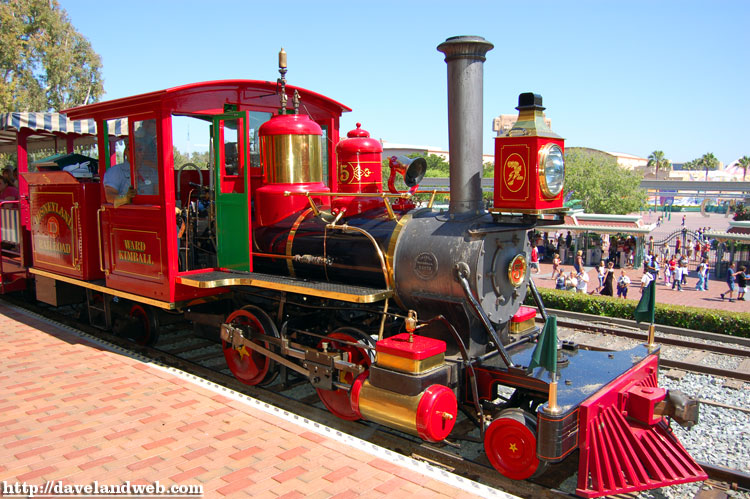Hi CH
some long distance lines such as the S.P., U.P., and C. P. used oil fired engines, so there must have been a perceived advantage. Or was that just related to cost and availability of fuel?
There is little coal available in California or Oregon. The SP, UP and ATSF in LA, San Francisco and Portland either had to haul coal in or use another fuel. With the discovery of oil in California that decision became easy.
Oil fired locomotives also tend to throw fewer sparks than coal fired locomotives. Where forest fires are a danger in summer oil fired locomotives are preferred for safety as well as easier fuel handling. Those are also reason for the use of oil fired locomotives on common carriers operating in the western mountains like the CP and the Milwaukee as well as western loggers. If you see a shay with a coal bunker it belongs back east!
On that thread NYC Mohawks are shown with long tenders with apparently very high coal capacity, and not much water (due to water scoops in track
limiting necessary stops?).
Correct. With water available in the fly from track pans fuel was the limiting factor on range for the NYC. With the massive amounts of coal available in the PT tenders used on the Niagaras and some Hudsons or the large tenders on the L3 and L4 Mohawks the NYC could haul passenger trains from Harmon, New York (just outside of NYC) to Chicago with only one fuel stop.
Conversely, some of the Vanderbilt and other oil tenders seem shorter, as though less fuel was needed to get from Point A to Point B.. In other words, which fuel gave the most range?
The heat content of coal varies from coal field to coal field. Eastern coal is high (often very high) in BTUs. Western coal from Wyoming and eastern Montana is much lower in BTUs per pound. Western coal in Washington, Colorado and Utah is higher in BTUs but more expensive to mine.
Oil is much higher in BTUs than any coal. Converting a locomotive to oil would give it more fuel range than if the same space or weight in the tender were used for coal.
Better range, cleaner combustion and the lack of cinders are also reasons some passenger locomotives operating out of Chicago in the 1930 and 40s were oil fired.
As another idle thought, what "oil" was used to fire these engines?
Locomotives used heavy fuel oil. In the steam days the grade used was usually Bunker C. That is a residual oil, meaning when the lighter constituents of crude oil (like gasoline, kerosene and light fuel oils) were turned into vapor in the distillation process Bunker oil was a residual left at the bottom that did not vaporize. It is so thick that it must be heated to flow.
The old refining processes left a lot of heavy residual oil after extracting the lighter, more valuable products. California crude tends to leave a heck of a lot of residual fuel oil. In the early 20th century heavy fuel oil was widely available and inexpensive on the west coast and competed well with coal, even where coal was available locally like in Seattle and Tacoma. In Seattle, where coal mines were only 10 to 20 miles from downtown, there were oil fired electrical generating plants in service from the 1920s into the 1970s.
After WWII there were two significant events that impacted the use of fuel oil by western railroads. First, late 1940s coal miner strikes prompted some railroads to convert locomotives to oil firing. Then in the 1950s significant advances in refining made more lighter fuels like gasoline, jet fuel and diesel extractable from every barrel of oil. Heavy fuel oils went down in availability and up in price. Steam locomotives were already on their way out so railroads were not significantly hurt. The rise in price of Bunker C did help doom the UP gas turbines.
Today, oil fired steam locomotives are often fired with waste crank case oil or a heavy fuel oil grade currently available like No. 5 or No. 6.







